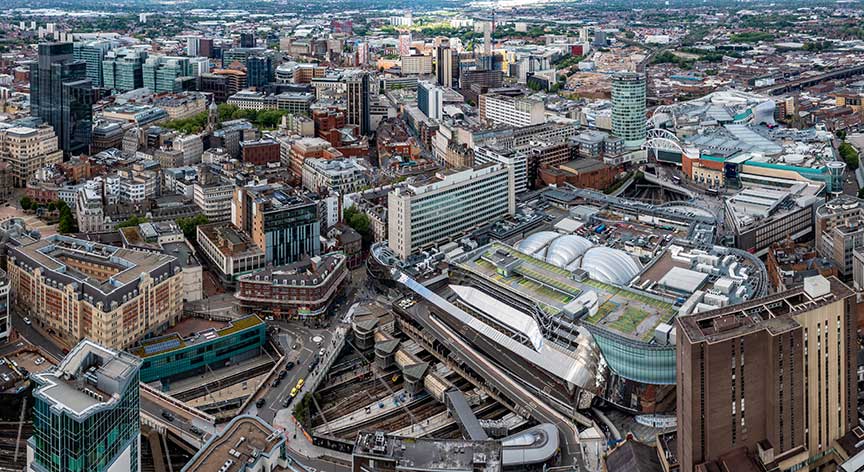Birmingham

Basic Information
Population 2022:197,575
87.9% of the populution has a HS or higher education
There are 85,521 housing units in the city
4.1% of the residents were born abroad
Median Household Income:$39,403
25.5% of the Residents Live below the poverty line
Total Area 146.07 Sq Miles
10,979 of the city residents are veterans
USS Birmingham CL-2
USS Birmingham CL-62
History of Birmingham
The Elyton Land Company purchased the land in 1870 and established Birmingham the following year. The city experienced rapid growth as more industries and businesses were founded. European immigrants and African Americans, who had been recently freed from slavery, contributed significantly to the city's workforce, especially in its iron and steel industries.
Birmingham was a key location for the Civil Rights Movement during the 1950s and 1960s. Martin Luther King Jr. and other civil rights leaders organized peaceful demonstrations and acts of civil disobedience in the city to protest its segregationist policies. The 1963 bombing of the 16th Street Baptist Church, which resulted in the death of four African American girls, garnered national attention. This event, among others, led to the passage of the Civil Rights Act of 1964 and the Voting Rights Act of 1965, both of which worked to end discriminatory practices in the South.
After the Civil Rights Movement, Birmingham diversified its economy, shifting away from dependence on iron and steel industries. The city began investing in sectors such as healthcare, banking, and education. The University of Alabama at Birmingham contributed to the city's reputation as a regional leader in research and education, while the Birmingham Medical District emerged as a significant healthcare center.
The cultural scene in Birmingham also developed, with the city becoming a center for arts and entertainment in the Southeast. The Birmingham Museum of Art, the Alabama Theatre, and the Birmingham Civil Rights Institute are examples of institutions that display the city's diverse history and population.
In recent years, Birmingham's downtown area has undergone revitalization, blending historic landmarks with modern developments. The city has made considerable progress since its founding as a small industrial center, showcasing the resilience and determination of its citizens.
 >
>